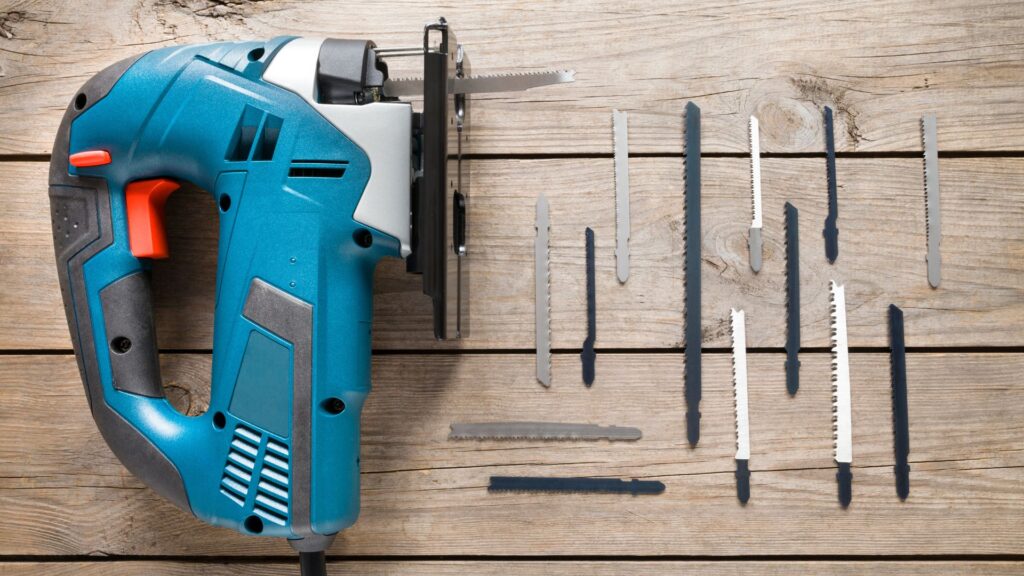Recent Posts









Visitors welcome by appointment only.
Copyright © 2025 Old World Timber. All Rights Reserved.